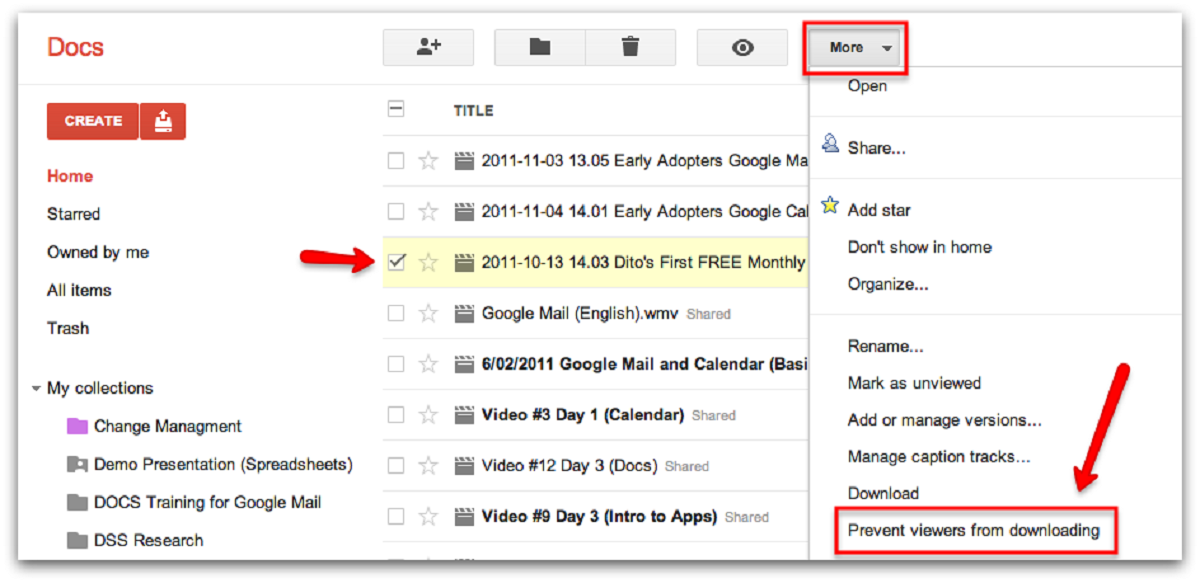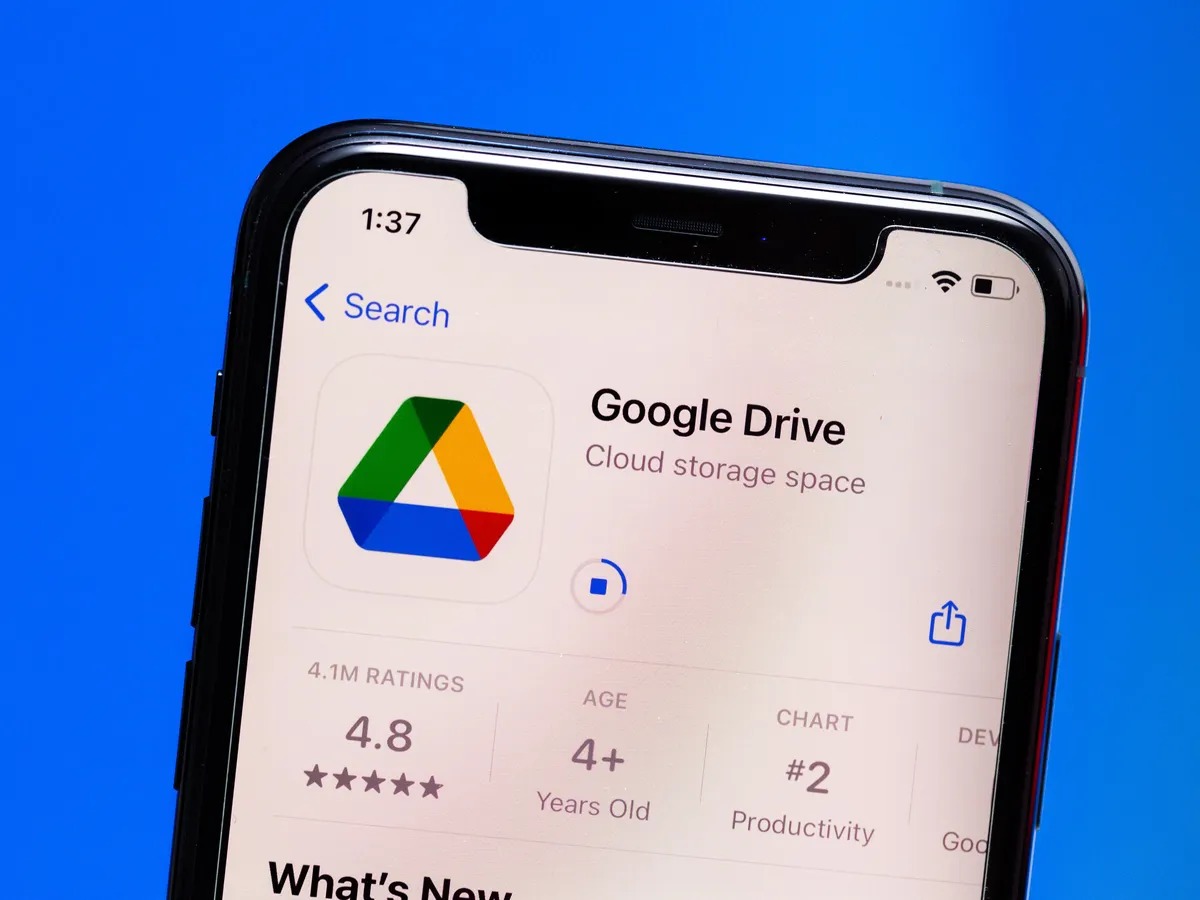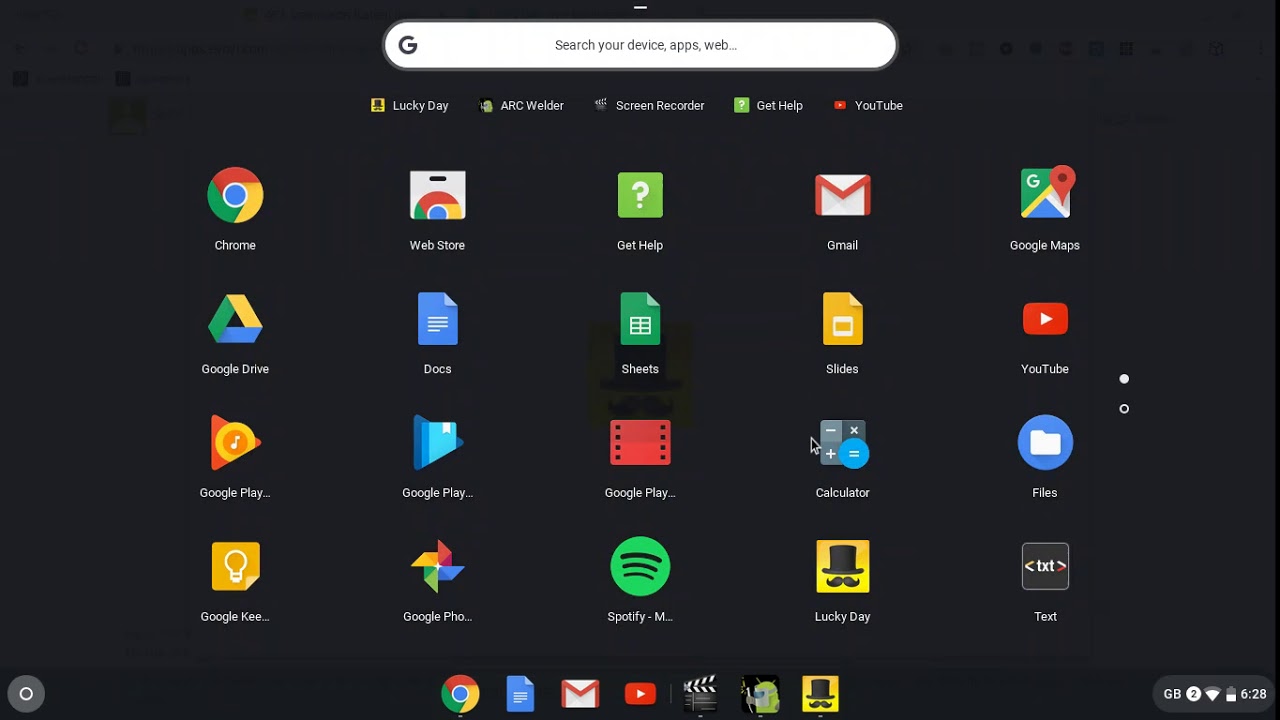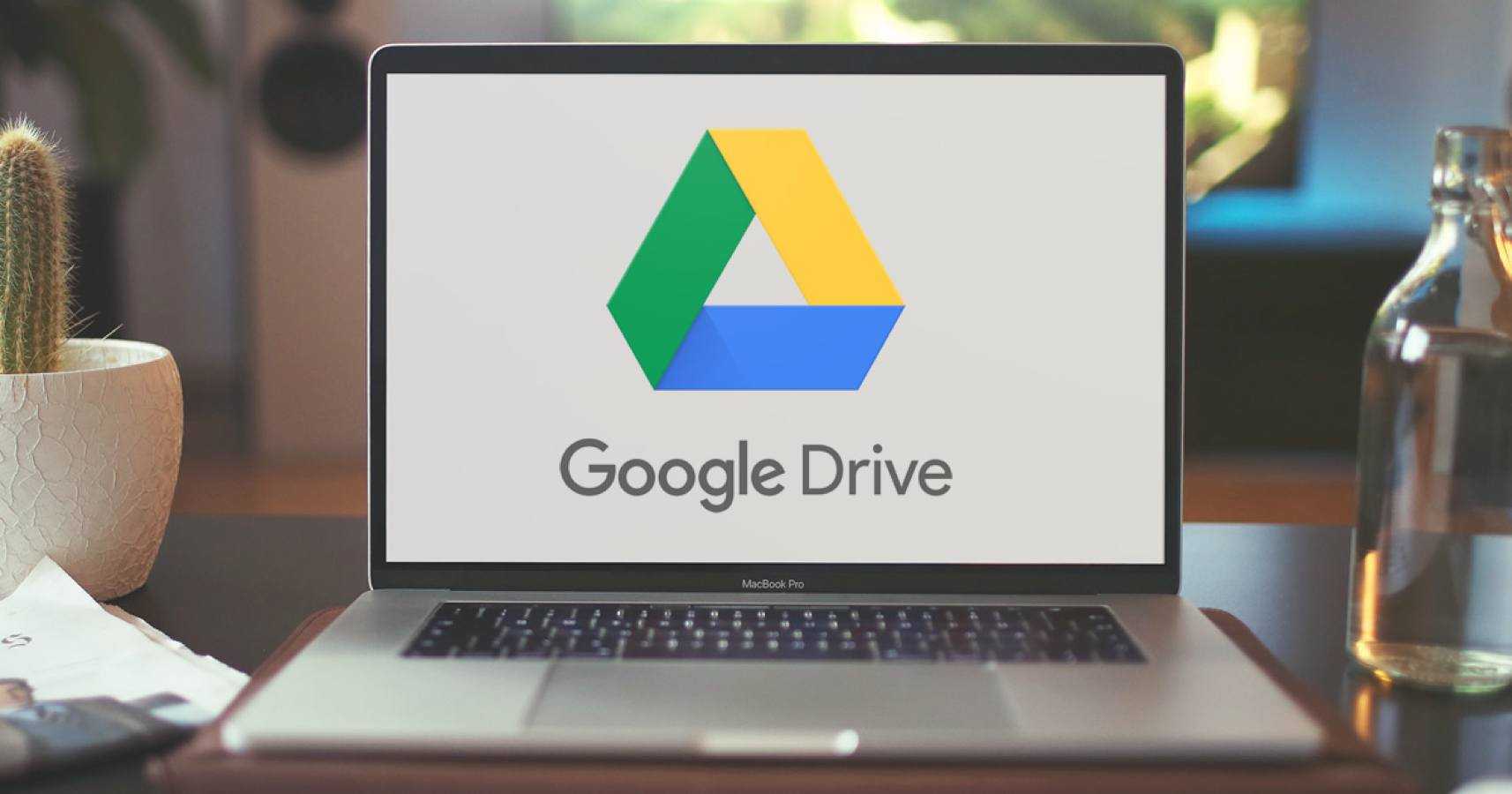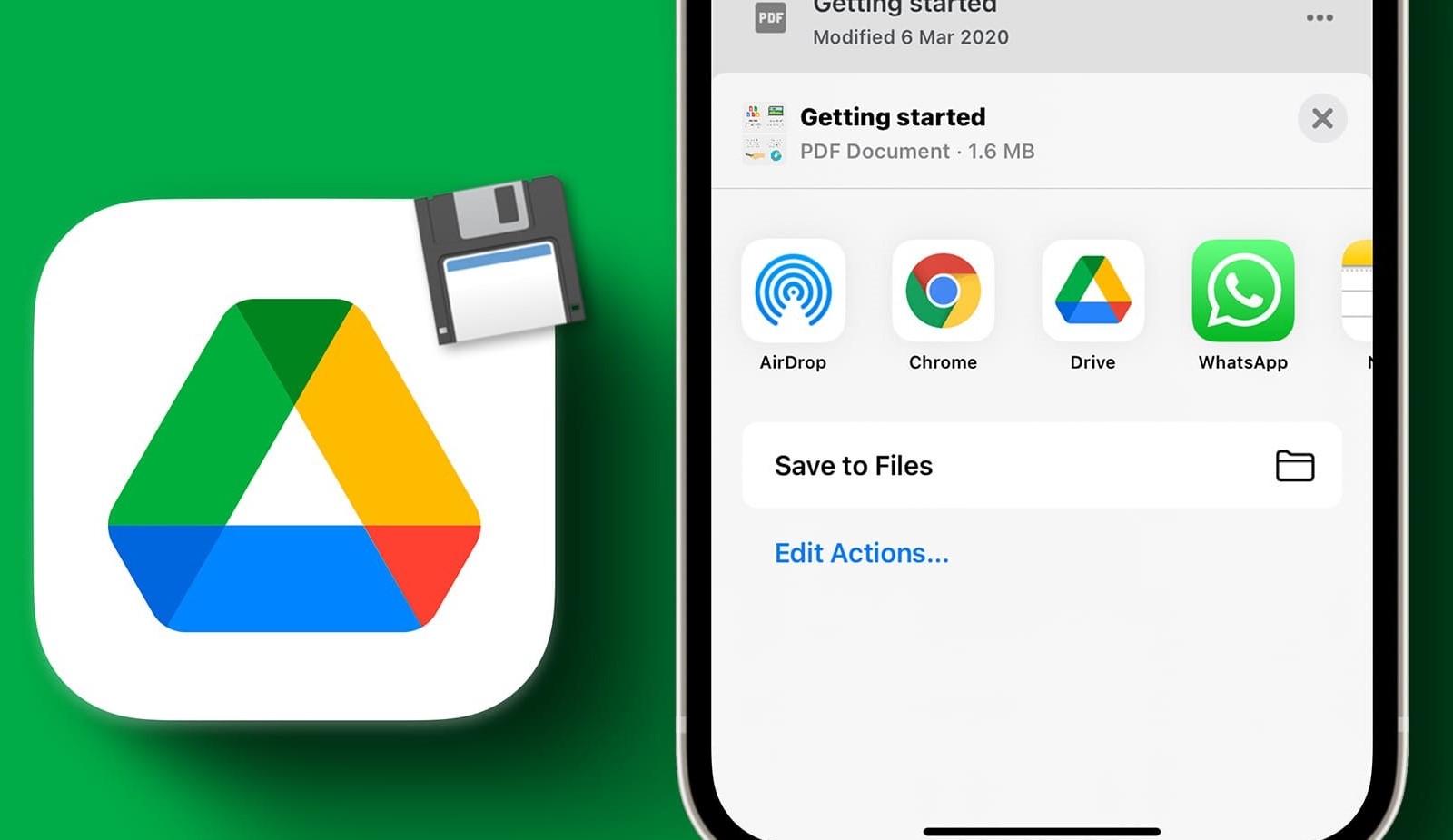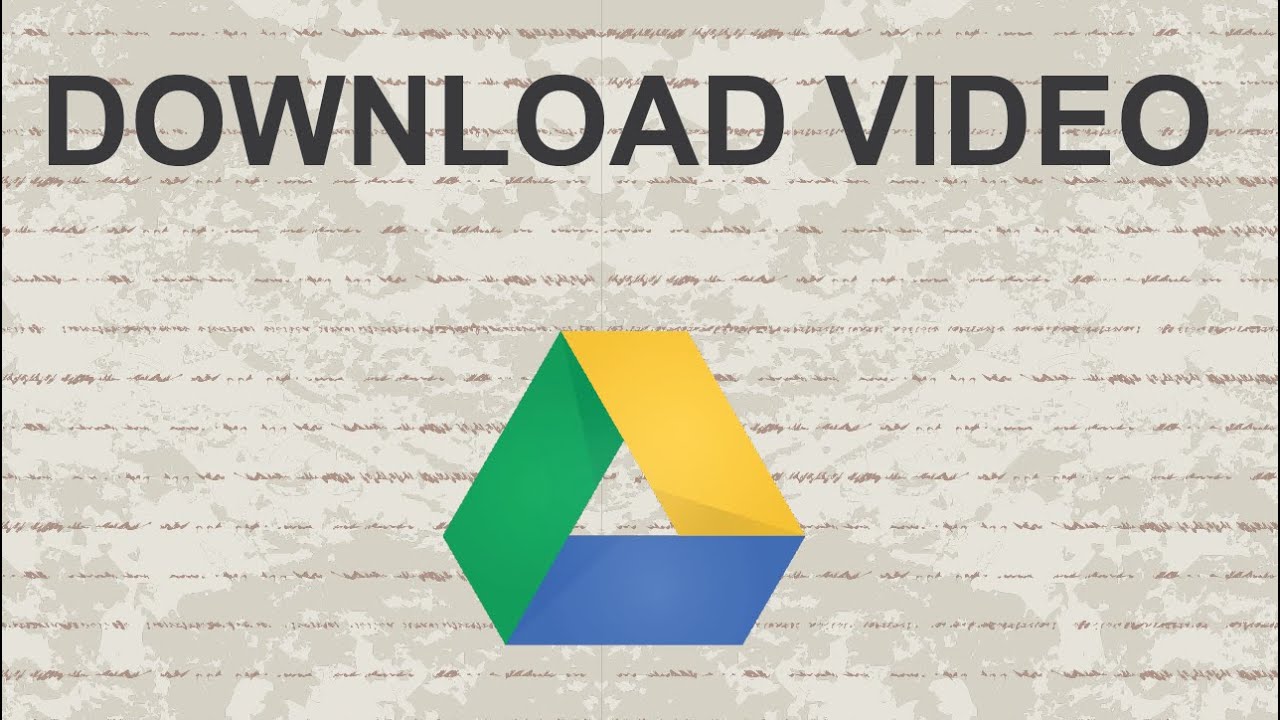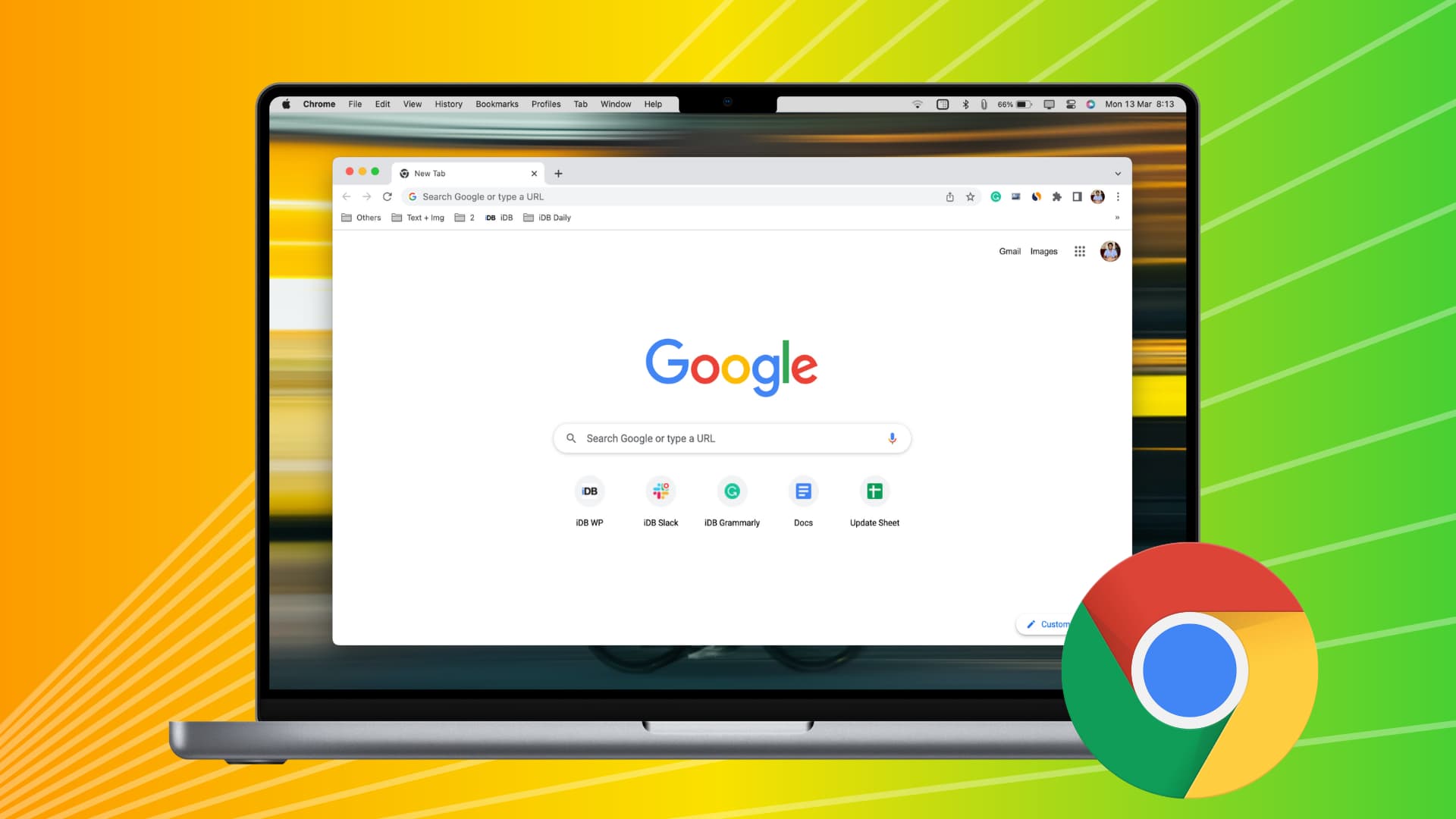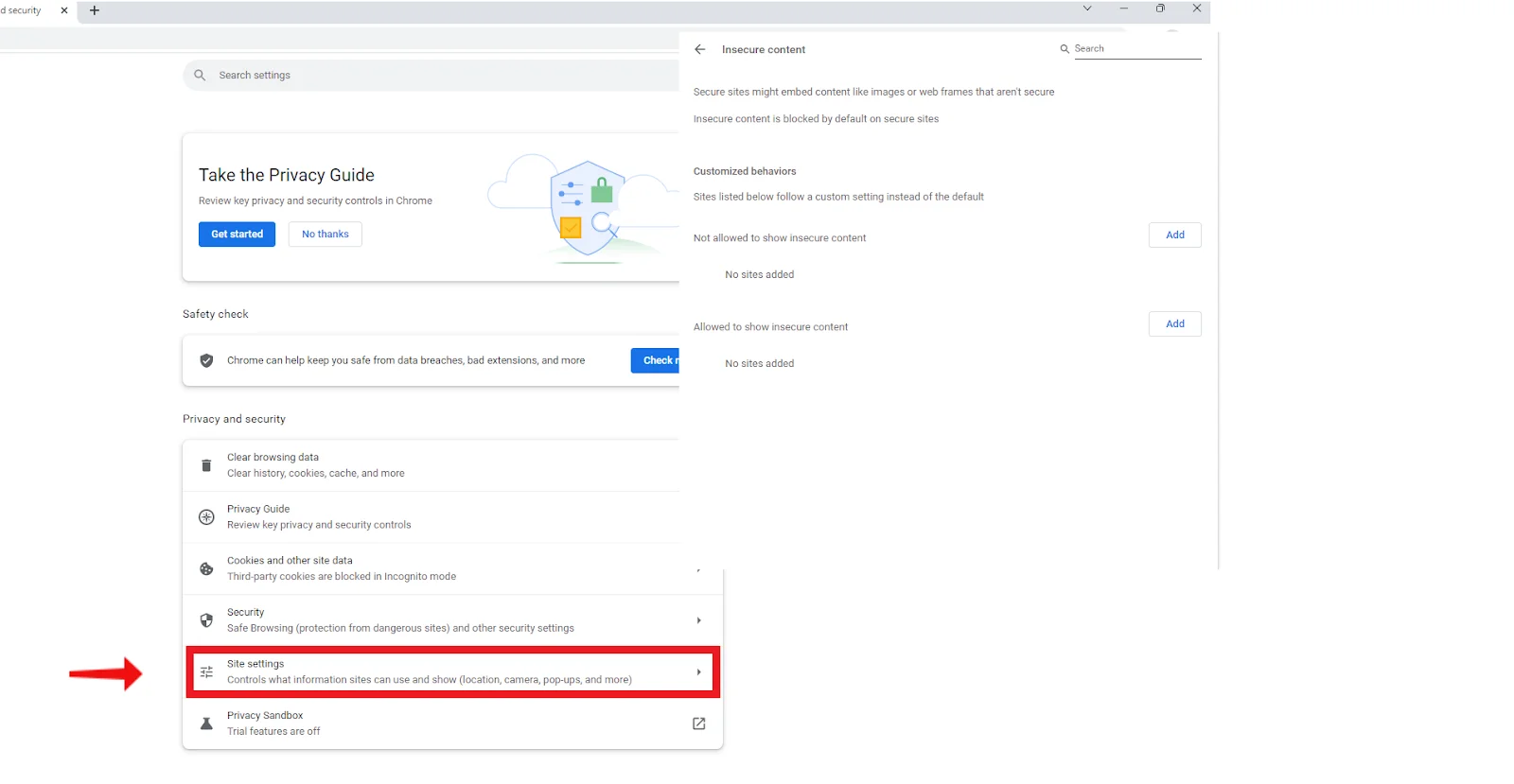Introduction
Welcome to this guide on how to restrict downloads in Google Drive. Google Drive is a popular cloud storage service that allows you to store and share files with ease. However, there may be instances when you want to limit or restrict the ability to download files from your Google Drive. Whether it’s for privacy reasons or to control access to sensitive information, knowing how to restrict downloads can be valuable.
In this article, we will explore various methods that you can use to restrict downloads in Google Drive. These methods range from adjusting sharing settings to utilizing third-party applications. By following these steps, you will gain more control over who can download the files from your Google Drive, giving you peace of mind and ensuring the security of your data.
It’s important to note that the methods mentioned here are applicable to Google Drive on the web and may vary slightly depending on the platform or device you are using. However, the underlying principles remain the same, and you can adapt these techniques to suit your specific requirements.
Let’s dive into the different methods that will enable you to restrict downloads in Google Drive.
Method 1: Sharing Settings
One of the simplest ways to restrict downloads in Google Drive is by adjusting your sharing settings for each individual file or folder. Here’s how you can do it:
- Login to your Google Drive account and locate the file or folder that you want to restrict.
- Right-click on the file or folder and select “Share” from the dropdown menu.
- A sharing settings window will appear, allowing you to control who has access to the file.
- Under the “People” tab, you can add specific people by entering their email addresses or choose from your contacts. Alternatively, you can select “More” and change the setting to “Off – Specific people.”
- Once you’ve added the desired individuals, you can further refine their permissions. To restrict downloads, select the drop-down menu next to their name and change it to “Viewer.”
- Additionally, you can click on the “Advanced” link to open advanced sharing options. Here, you can set the file to be viewable by anyone with the link but disable the ability to download.
- After adjusting the sharing settings as per your requirements, click “Send” to notify the chosen recipients of their access or save the changes if the file is already shared.
By modifying the sharing settings in this manner, you can control who can access your files and restrict the ability to download them. However, it’s worth mentioning that if a user has sharing rights that allow them to edit the file, they may still be able to make a copy and download it.
This method is suitable for scenarios where you want to limit access to a few selected individuals or collaborators who need to view the file but not download it. It offers a straightforward way to ensure that your files remain secure within Google Drive.
Now that we’ve explored the first method, let’s move on to the next one.
Method 2: File Link Sharing
Another method to restrict downloads in Google Drive is by utilizing file link sharing settings. This option allows you to control who can access and download the file by adjusting the sharing link settings. Follow these steps to make use of this method:
- Login to your Google Drive account and locate the file that you want to restrict.
- Right-click on the file and select “Get shareable link” or “Share.”
- A sharing settings window will appear, showing the file link and its access settings.
- By default, the access level is set to “Anyone with the link can view.” To restrict downloads, change this setting to “Anyone with the link can view, but not download.”
- Optionally, you can click on the “Copy link” button to copy the modified link and share it with others.
- If you want to add an extra layer of security, you can also set an expiration date for the link by clicking on the calendar icon next to the “Anyone with the link” option.
- After making the necessary adjustments, you can share the modified link with the intended recipients.
By modifying the file link sharing settings, you can ensure that anyone who accesses the file through the shared link can only view it and not download it. This is useful when you want to share the file with a wider audience but still maintain control over its distribution and prevent unauthorized downloads.
Please note that users with editing access to the file may still be able to make copies and download them. To address this, consider combining this method with the previously mentioned sharing settings method to limit access to specific individuals.
Now that we’ve covered the second method, let’s move on to the next approach.
Method 3: File Ownership Settings
One of the most effective ways to restrict downloads in Google Drive is by adjusting the file ownership settings. By changing the ownership of the file, you gain full control over its permissions and can restrict downloads as needed. Follow these steps to utilize this method:
- Login to your Google Drive account and locate the file that you want to restrict.
- Right-click on the file and select “Share” from the dropdown menu.
- In the sharing settings window, click on the “Advanced” link at the bottom right corner.
- A window displaying the file details and sharing options will appear.
- Look for the “Owner settings” section and click on the “Change” link next to the current owner’s name.
- Enter the email address of the account that you want to assign as the new owner.
- Click “Send” to notify the new owner, who will now have complete control over the file.
By changing the file ownership settings, you effectively restrict access to the file and limit the ability to download it. Only the new owner will have the authority to modify the sharing and download permissions. This method provides an additional layer of security by ensuring that the file remains under the control of a trusted individual or account.
It’s important to note that you should only transfer the ownership of the file to a trusted party. Once the ownership is transferred, be cautious about changing the ownership again unless it is necessary, as it can lead to complications in accessing the file and managing its permissions.
Now that we’ve explored the third method, let’s move on to the final approach.
Method 4: Using Third-Party Applications
If the built-in options provided by Google Drive are not sufficient for your specific needs, you can explore the use of third-party applications to further restrict downloads in Google Drive. These applications offer additional features and customization options to enhance the security and control over your files. Here’s how you can utilize this method:
- Research and identify a reliable third-party application that aligns with your requirements. Some popular options include Virtru, Sookasa, and Boxcryptor.
- Visit the website of the chosen application and follow their instructions to sign up for an account.
- Once you have set up an account, connect it with your Google Drive by authorizing the required permissions.
- Navigate to the file that you want to restrict and apply the necessary restrictions using the features provided by the third-party application.
- These applications offer various capabilities, such as encryption, watermarking, and access control, which can help you restrict downloads and protect your files.
- Explore the different settings and options provided by the third-party application to tailor the restrictions according to your preferences.
- Once you are satisfied with the applied restrictions, save the changes and exit the application.
Using third-party applications can offer advanced security options and additional control over your files in Google Drive. However, it’s important to choose a reputable application and review their security practices and privacy policies to ensure the safety of your data.
Remember that third-party applications may require a subscription or have specific limitations based on their pricing structure. Evaluate the features, benefits, and costs before deciding on the application that best suits your needs.
Now that we’ve covered the fourth method, let’s summarize what we’ve learned.
Conclusion
In this guide, we have explored various methods to restrict downloads in Google Drive. By adjusting the sharing settings, file link sharing, file ownership settings, or utilizing third-party applications, you can have more control over who can access and download your files.
The sharing settings method allows you to customize permissions for individual files or folders by specifying viewer-only access. With file link sharing, you can restrict downloads by modifying the access level to view-only, providing an additional layer of security when sharing files with others.
Changing the file ownership settings gives you complete control over the permissions, enabling you to restrict downloads to trusted individuals. This method is ideal for situations where you want to maintain tight control over your files.
Finally, utilizing third-party applications offers advanced features, such as encryption and access control, to further enhance the security and restrict downloads in Google Drive. These applications provide added customization options, allowing you to tailor the restrictions according to your specific requirements.
Remember to choose a reputable third-party application and review their security practices before integrating it with your Google Drive.
By implementing these methods, you can ensure the privacy and security of your files while sharing them with others. Evaluate your needs and the sensitivity of your data to determine the most suitable method for restricting downloads in Google Drive.
Take advantage of these methods and enjoy the peace of mind that comes with knowing your files are secure in Google Drive.







